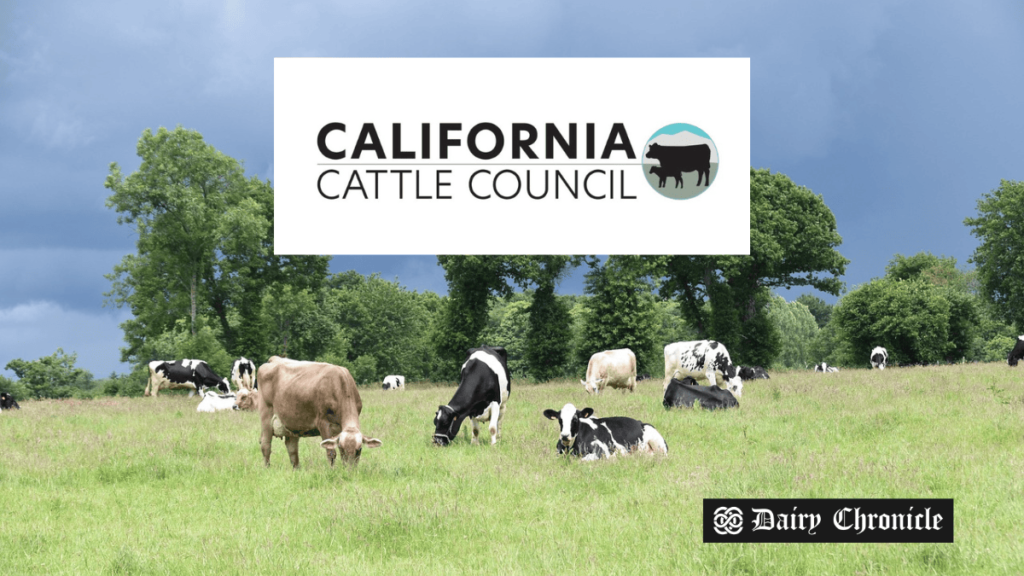A new report from the California Cattle Council warns that direct regulation of dairy methane emissions could harm the state’s economy and climate goals. The analysis highlights ongoing consolidation in the dairy sector and the importance of maintaining incentive-based programs to reduce methane while supporting small farms.
The California Cattle Council released a report on October 18, 2024, analyzing the potential impact of direct methane regulation on the state’s dairy industry. The report, titled “Economic Analysis of California Dairy Consolidation, Attrition, and Policy Leakage,” was prepared by ERA Economics and examines industry trends, market conditions, and the risks associated with regulating methane emissions. The findings warn that replacing incentive-based programs with direct regulation could undermine both economic and environmental progress.
California, the leading dairy-producing state in the United States, contributes nearly 42 billion pounds of farm milk annually, representing almost 20% of the national supply. The state’s dairy sector has worked closely with policymakers to meet Senate Bill 1383’s ambitious goal of a 40% methane reduction by 2030. This effort has relied on revenue from Low Carbon Fuel Standard (LCFS) credits and the adoption of anaerobic digesters, which convert methane emissions into renewable energy.
However, the report warns that stricter regulation could result in significant economic harm. If LCFS credits are eliminated and methane is directly regulated, California dairies could face annual losses of $675 million. Additionally, abandoned digester projects could lead to further emissions increases, with total leakage estimated at up to 4.94 MMTCO2e (million metric tons of CO2 equivalent).
Michael McCullough, Professor of Agribusiness at California Polytechnic State University, San Luis Obispo, and a lead author of the report, highlighted the dangers of such regulations:
“Replacing incentive-based programs with direct regulation would be costly to both the climate and the economy. Methane reduction efforts would suffer, and small dairies would be hit hardest, leading to further consolidation across the state.”
Michael McCullough, Professor of Agribusiness at California Polytechnic State University
The analysis shows that consolidation—a trend where larger operations replace smaller farms—continues to accelerate across California and the U.S. Although some attribute this shift to the adoption of dairy digesters, the report finds no evidence supporting this claim. Instead, high costs associated with California’s regulations, energy, and labor are key drivers. As a result, production is shifting to states with more favorable policies, threatening California’s rural economy.
Cody Stratton Nicholson, chair of the California Cattle Council and owner of a small organic dairy in Humboldt County, voiced concerns about the impact on small family farms. “Hindering family dairies and disrupting progress in methane reduction is a lose-lose proposition. We cannot ignore the significant impact this will have on rural communities.”
With California’s Air Resources Board (CARB) considering amendments to the LCFS, the report’s findings are particularly relevant. McCullough emphasized that California’s dairy sector remains one of the few global success stories in methane reduction: “While over 150 governments have pledged to reduce methane by 30% by 2030, few have lived up to that commitment. California stands out, but a shift to direct regulation would undermine our progress and harm both our climate goals and economy.”
The California Cattle Council, established in 2019 under the California Department of Food and Agriculture, supports sustainable farming practices through research and education. ERA Economics, a Davis-based firm specializing in agriculture and environmental economics, developed the report to help policymakers understand the broader impact of potential regulatory changes.
As policymakers weigh amendments to existing programs, the future of California’s dairy industry hangs in the balance, with economic viability, environmental sustainability, and rural livelihoods at stake.



